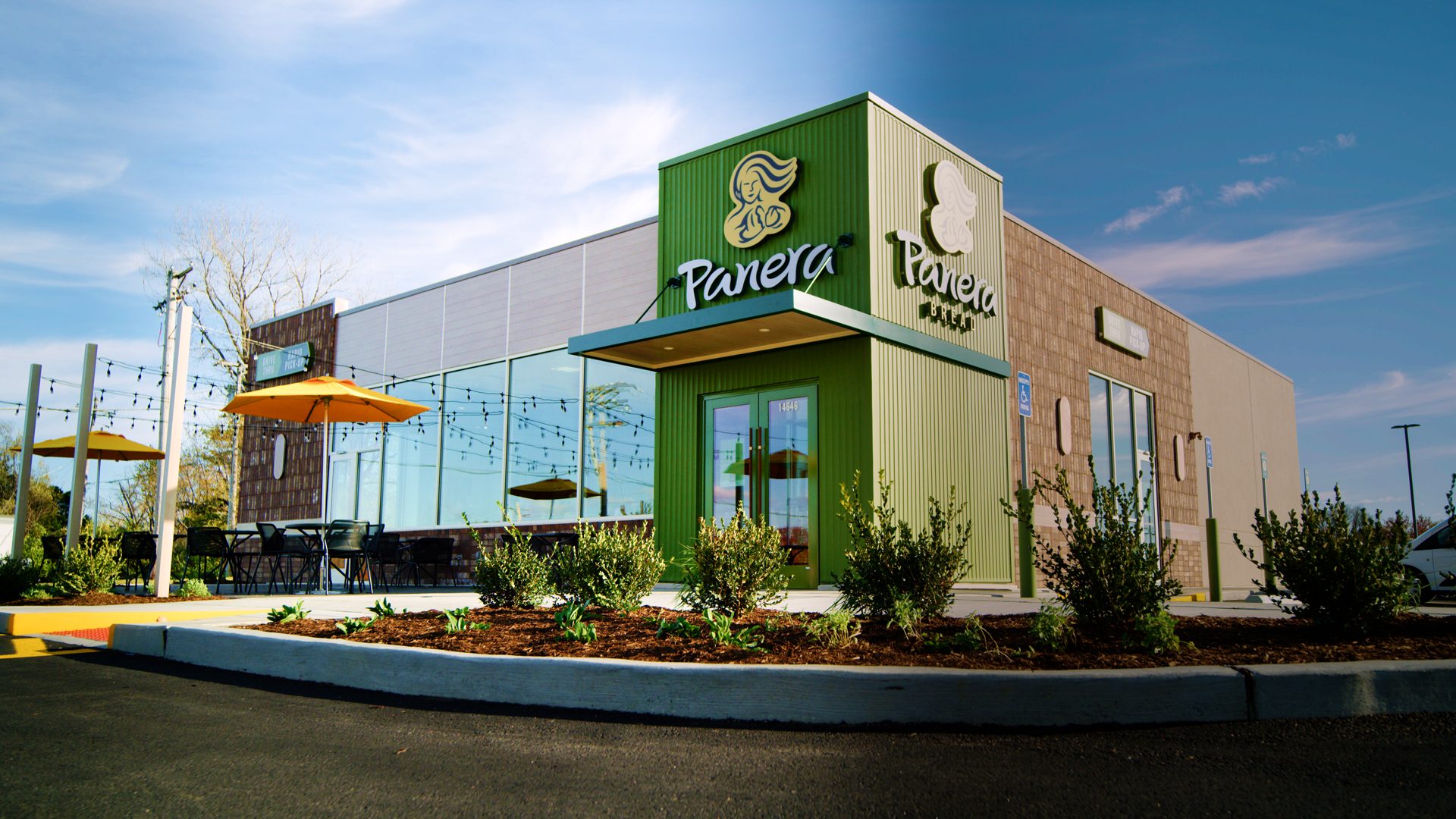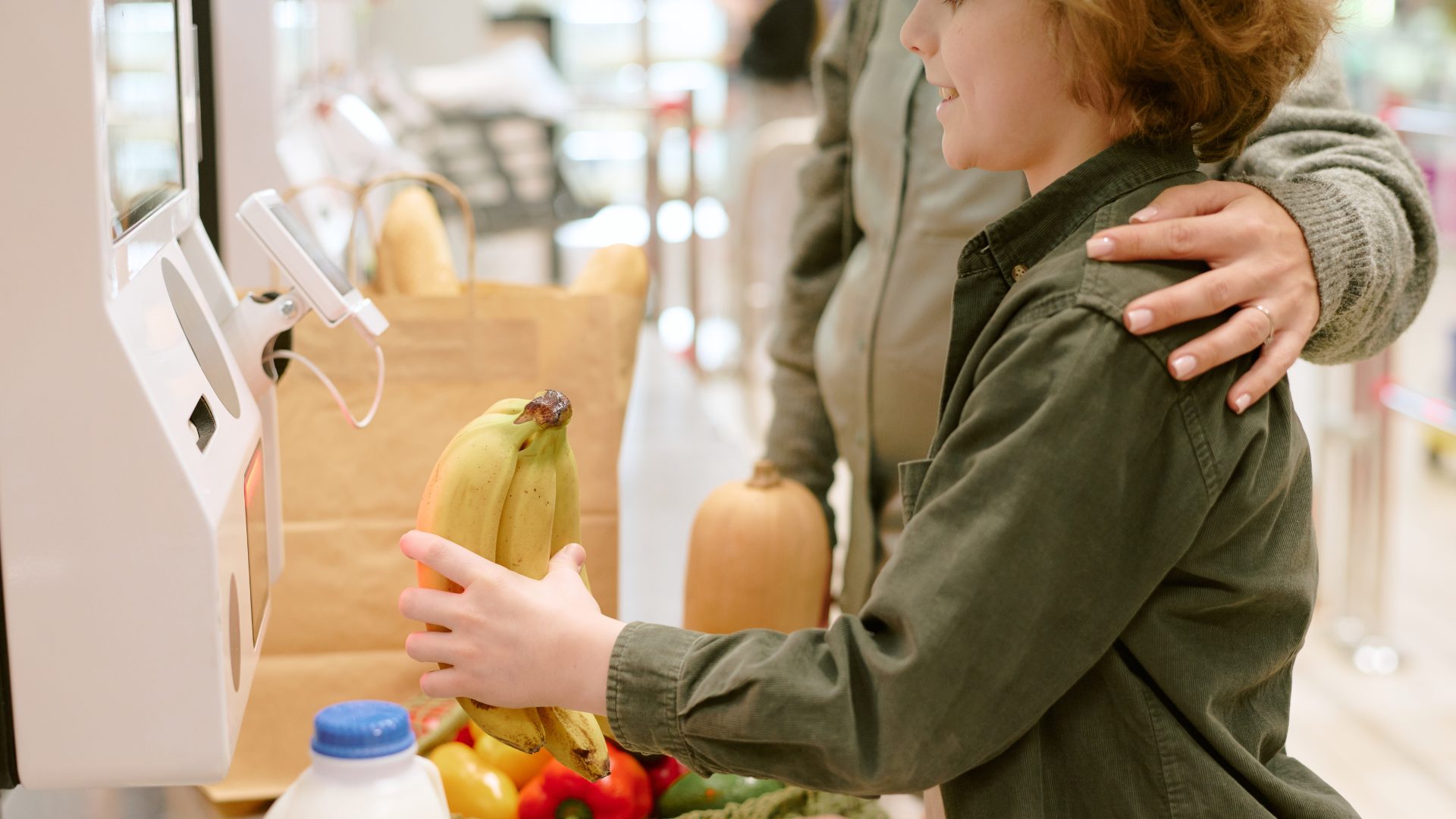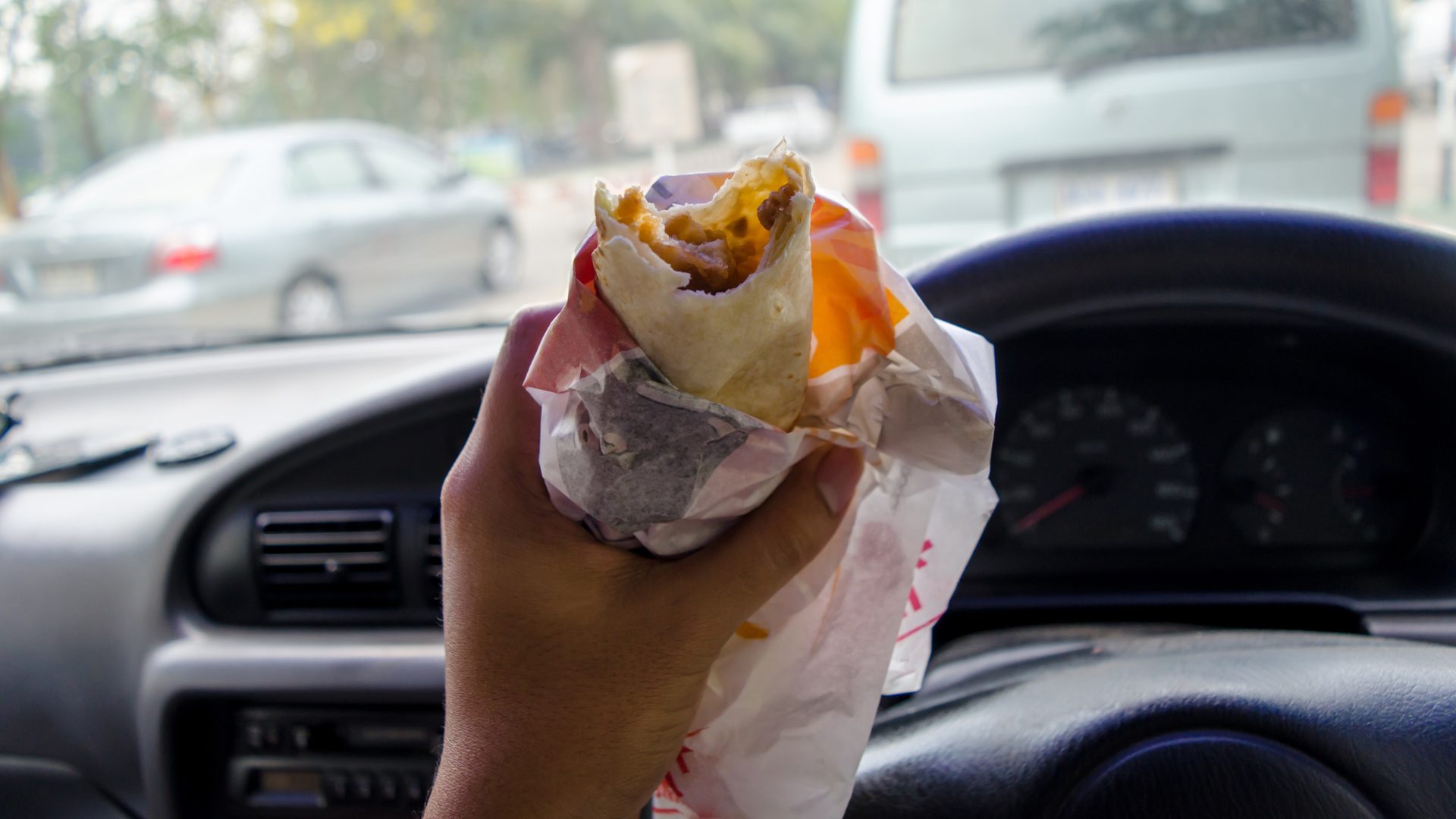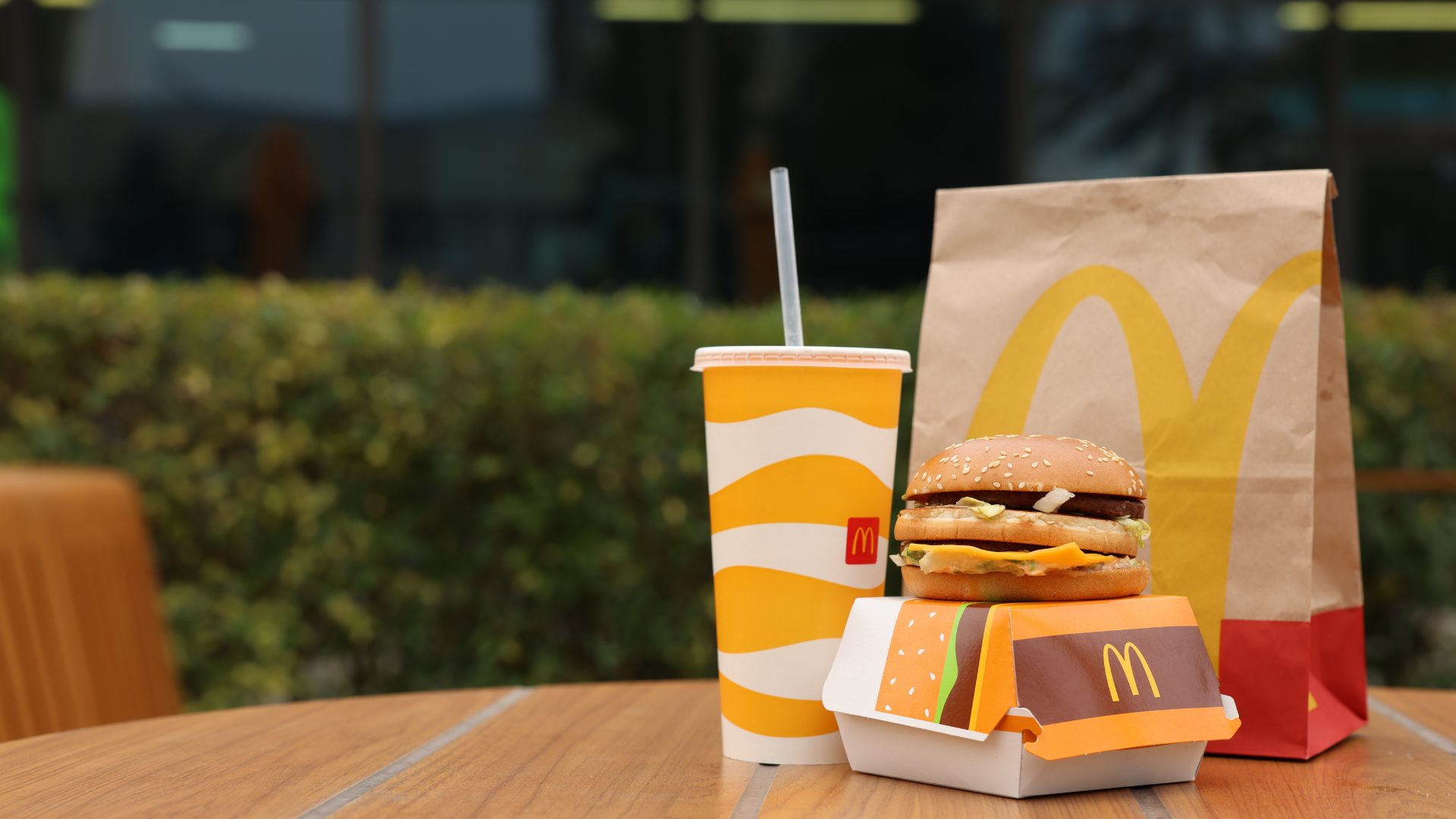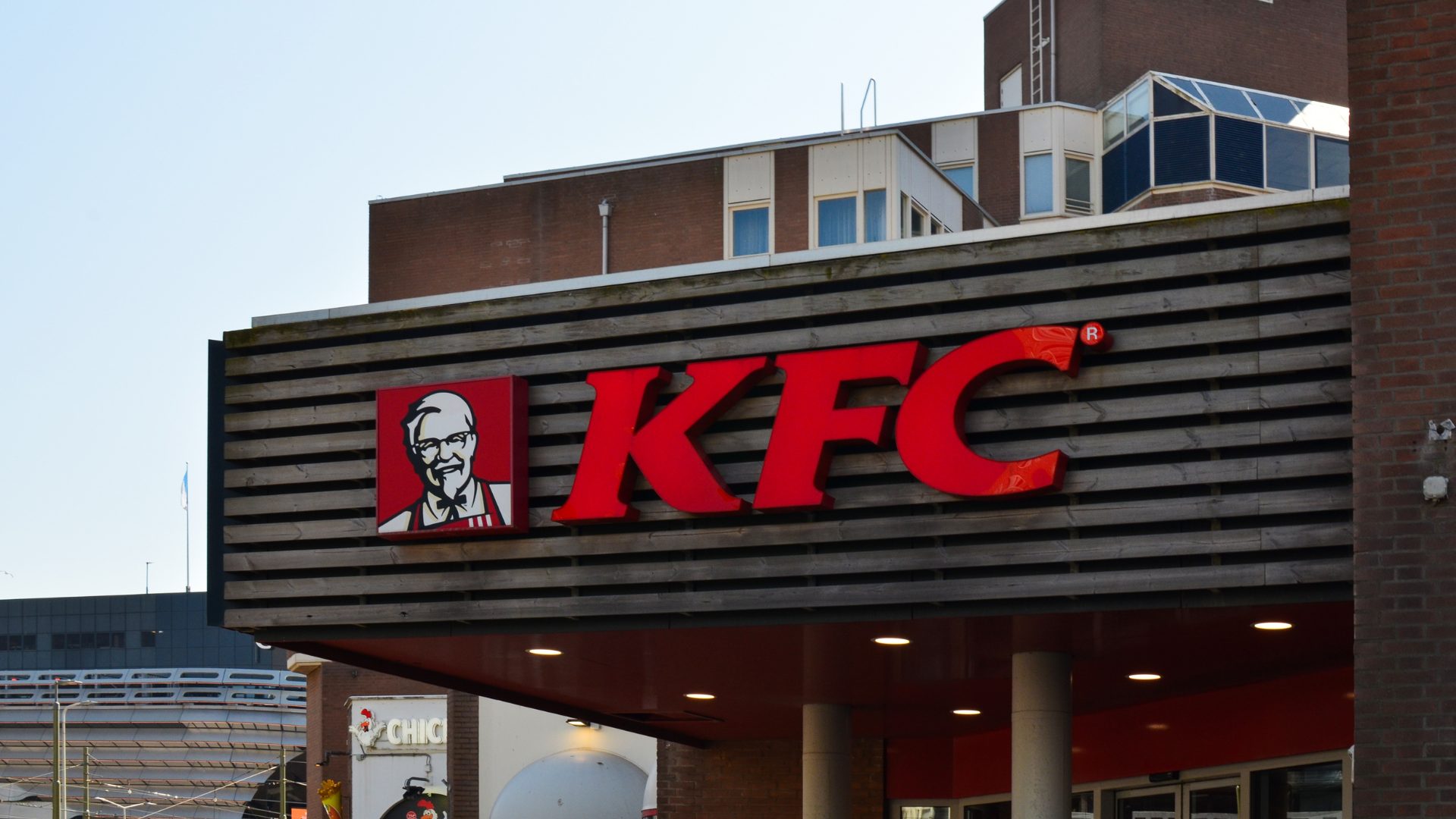In early December, Chipotle was riding high.
Amid a broad market rally, the fast casual chain’s stock seemed on track to reach a new all-time high after gaining about 160% in just 18 months. Chipotle had firmly become the second- or third-most valuable restaurant chain in the world (depending on how one categorizes Starbucks), second only to McDonald’s.
Most investors believed that Chipotle was finishing a strong 2024, and they were right: For the full year, Chipotle would eventually report that same-restaurant sales grew more than 7%, with corporate earnings per share jumping 24%.
Barely four months later, however, the story looks quite different.
Since December 6, Chipotle stock has fallen 27%. Broad economic optimism following the President Donald Trump’s election in November has turned to pessimism amidst a chaotic tariff strategy. The sentiment toward Chipotle has similarly reversed — and the company’s first quarter earnings report on Wednesday indicates investors were right to worry.
Indeed, across the board, the news looks concerning. Revenue did increase 6.4% year-over-year, but the gains came entirely from the company’s aggressive store expansion strategy. Same-restaurant sales declined 0.4% year-over-year, the first drop since the novel coronavirus pandemic. Traffic fell 2.3%.
Management’s explanation for that weak traffic should rattle the entire fast casual sector. In his prepared remarks on the post-earnings conference call, CEO Scott Boatwright said weakness began in February.
He told listeners that, per the company’s customer studies, “saving money because of concerns around the economy was the overwhelming reason consumers were reducing the frequency of store visits.” When pressed later in the call, Boatwright insisted that there was no evidence Chipotle was losing share, either to other fast casual chains or fast-food rivals.
Meanwhile, Chipotle’s costs ticked up. Inflation in food, beverage, and packaging costs more than offset the price increase-induced margin bump. Labor expense rose as a percentage of revenue. The new tariff regime adds yet another headwind, with management estimating an impact of about 50 basis points (0.5% of revenue).
Chipotle’s net earnings did rise 7%, but the improvement is attributable mostly to the fact that a costly biennial leader conference last year that did not repeat this year, along with help from new stores. And even those new stores are going to be more expensive: tariffs on China are expected to add in the range of 5% to construction costs.
There is a way to interpret this quarter as a warning sign not just for Chipotle, but for the entire industry. There’s a potentially dangerous combination here: macroeconomic uncertainty is pressuring sales, while existing inflation plus the impact of tariffs threatens to simultaneously raise the cost of operating existing restaurants and building new locations.
As the unquestioned leader in fast casual, Chipotle can likely muddle through, particularly with efficiency measures in the back of the house on the way. But for smaller rivals, who don’t have the same scale, the combination of top- and bottom-line pressure is more difficult to manage. Sweetgreen, for instance, has 17% restaurant-level operating margins against 26% for Chipotle. Sweetgreen’s relatively depressed margins, accelerated tariff pressure, and a point or two in lost comps is likely going to hit the salad chain harder than its largest rival.
But the market’s reaction to Chipotle earnings, at least as of midday Thursday, has been a collective shrug. Chipotle stock is up about a percentage point; Sweetgreen and Shake Shack haven’t moved. Cava, which aims to be “the next Chipotle,” is actually up nicely, as the halo effect from a Wall Street upgrade continues.
The lack of a reaction does make some sense. Again, sentiment toward the group heading into this week was already negative: fast casual stocks were off 20-40% year-to-date. Chipotle’s results weren’t great, but even with a modest miss on sales relative to Wall Street expectations, they didn’t show anything investors didn’t already know (or had guessed).
In Chipotle’s case, the headline figures also are somewhat skewed by the fact that the last couple of years have been incredibly strong. Two-year same-restaurant growth for the company is running in the 7-8% range, and management called out the shift of the Easter holiday as another headwind toward the end of the quarter. As year-prior comparisons get softer in Q3 and Q4, Chipotle in fact still thinks 2025 overall will be a reasonably solid year, with same-restaurant sales positive and traffic returning to growth in the second half.
Even management’s claim that sales weakness is macro-driven isn’t necessarily conclusive; like pretty much everything else at the moment, the data is somewhat muddled. One analyst on the call noted that her firm’s tracking showed a nice rebound in the restaurant space in April. That contradicts Chipotle’s data, which Boatwright said was showing customers eating more often at home. But neither packaged food leader General Mills nor grocer Albertsons, both of which have reported recently, have called out a similar trend.
Overall, while Chipotle earnings weren’t fantastic, they weren’t bad enough to further shock the market. For now, that’s enough.
Vince Martin is an analyst and author whose work has appeared on multiple financial industry websites for more than a decade; he’s currently the lead writer for Wall Street & Main. He has no positions in any securities mentioned.
The Food Institute Podcast
It’s tariff time, and companies the world over are working to better understand how their operations will be impacted. Jodi Ader from RSM US LLP joined The Food Institute Podcast to discuss which products and inputs are currently subject to tariffs, and how to best mitigate supply chain risks.





